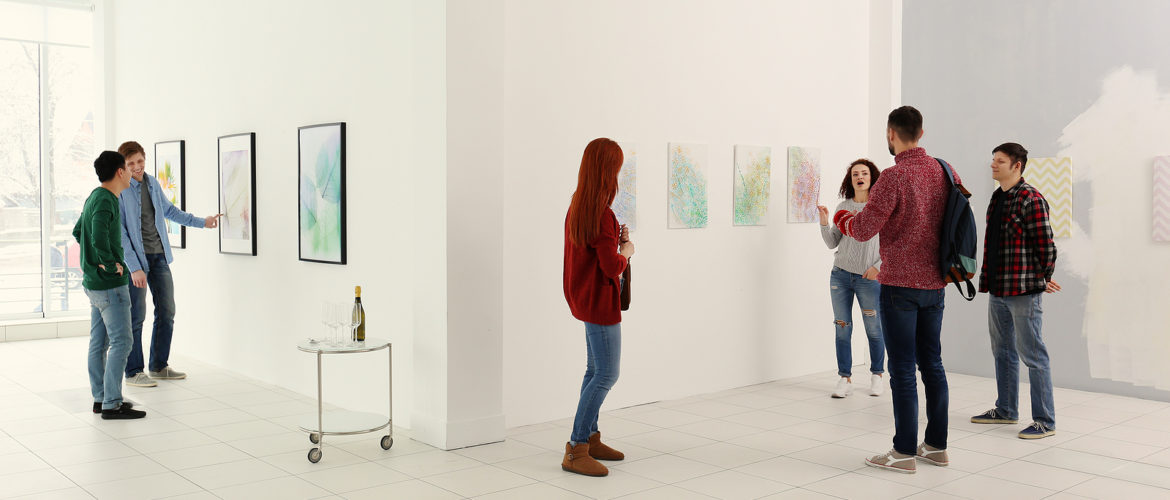Some Tips for Caring for Your Art Collection

Caring for an art collection is crucial for preserving the aesthetic and monetary value of each piece. Whether you’re a seasoned collector or a beginner, understanding how to maintain and protect your artwork will ensure that it remains in excellent condition for years to come. Here are some essential tips for caring for your art collection.
1. Control the Climate
Art is sensitive to environmental conditions; hence, maintaining a stable climate is paramount. The ideal temperature for most art pieces is around 70°F, with humidity levels kept at 50%. Extreme fluctuations in temperature and humidity can cause materials to expand, contract, and degrade over time. Utilize climate control systems like air conditioners, humidifiers, and dehumidifiers to create a stable environment.
2. Proper Lighting
Light, especially direct sunlight, can be detrimental to art. UV rays can fade and damage a variety of materials. LED lights are preferable, as they emit little to no UV radiation and produce less heat. If using natural light, ensure that windows are fitted with UV-filtering films. For delicate pieces, consider using light levels not exceeding 200 lux and periodically rotate pieces that are sensitive to light exposure.
3. Framing and Mounting
Using high-quality, archival materials for framing and mounting can protect art from degradation. Acid-free mats and backing boards help prevent the yellowing or deterioration of the paper. For paintings and prints, UV-protective glass or acrylic can prevent fading. Make sure the artwork is securely mounted within the frame to avoid any movement that could cause damage.
4. Handling Artwork
Always handle artwork with care. Use dry, clean hands or white cotton gloves to prevent dirt and oils from your skin from transferring to the art. When moving a piece, always lift it from the sides, never from the top of the frame. For larger artworks, always seek assistance to avoid accidents. If you need to move your artwork long distances, take the time to find professional movers on sites like www.shiply.com, who have experience in handling such large and delicate items.
5. Regular Cleaning
Dust can accumulate on artwork and cause long-term damage. Dust paintings gently with a soft, dry brush or a microfiber cloth. Never use cleaning products or water on paintings unless you’re a professional conservator. Sculptures and other three-dimensional works can be dusted more vigorously but still gently to avoid scratching the surface.
6. Avoid Pests
Pests such as insects and rodents can cause irreparable damage to art collections. Monitor your storage and display areas regularly for signs of infestations. Use preventive measures like mothballs or insect traps discreetly placed away from the artworks.
7. Proper Storage
If you need to store artwork, make sure this is a cool, dry place. Avoid basements and attics, which are prone to extreme temperatures and moisture. Wrap artworks in breathable materials like unbleached cotton or acid-free tissue paper. Store framed pieces standing up, not stacked, with padding between each frame to avoid pressure marks.
8. Insurance and Documentation
Ensure your collection is properly insured. Keep detailed records, including receipts, appraisals, and condition reports. Photograph each piece during initial acquisition and periodically to monitor any changes or degradation. This documentation is vital for insurance claims and future appraisals.
9. Consult Professionals
When in doubt, consult professionals. Regular consultations with art conservators can help detect early signs of damage and provide expert advice on specific care requirements for different types of artwork. For significant investments, professional advice will ensure the long-term preservation of your collection.
By implementing these care practices, you can significantly extend the life and beauty of your art collection, safeguarding your investment and enjoyment for many generations.
